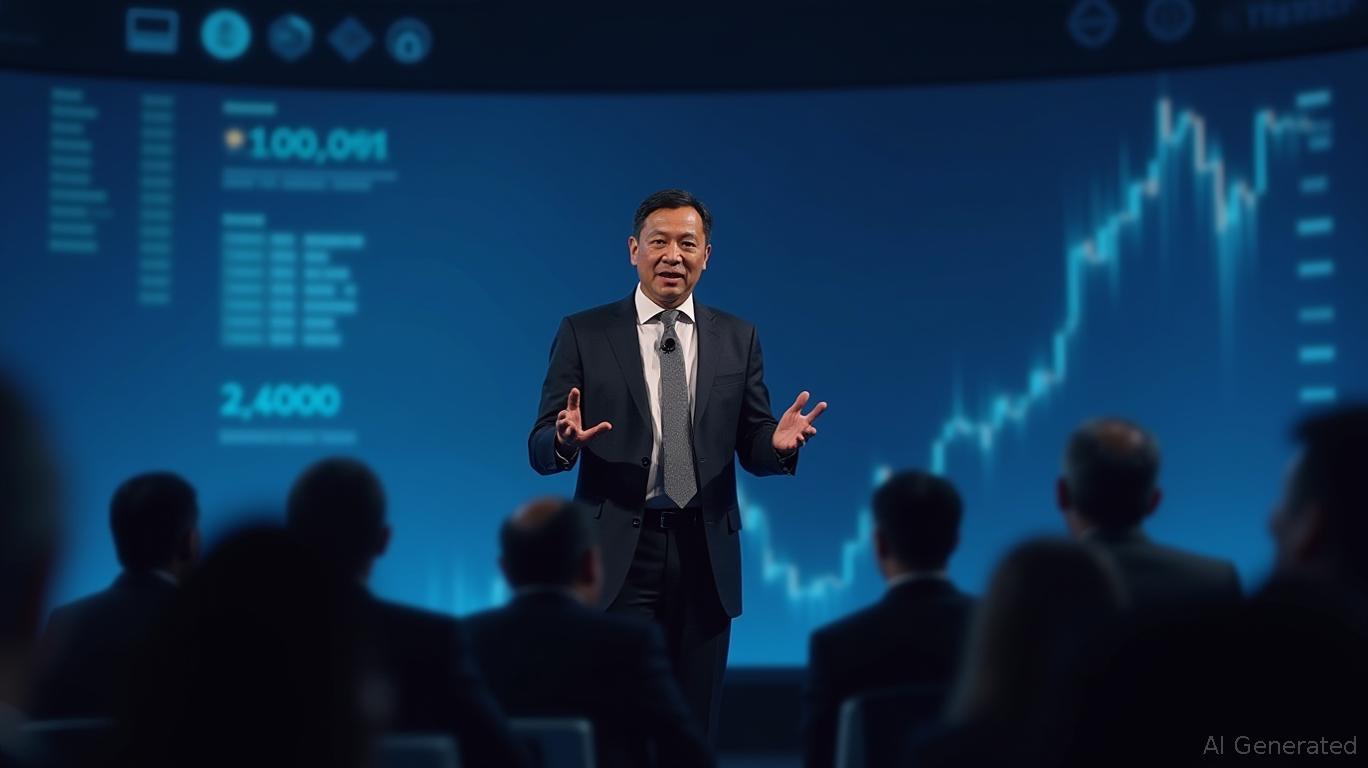XRP News Today: Ripple CTO Confirms Comprehensive Financial System Built
At the recent XRP Las Vegas event, a significant
emerged that has yet to gain widespread attention in Ripple news coverage. Journalist and prominent XRP community voice VincentScott highlighted what he considered the most groundbreaking moment of the conference: a clear and confirmed statement from Ripple’s Chief Technology Officer, David Schwartz, that Ripple has indeed built a comprehensive financial system.VincentScott shared his experience on X, detailing how he posed a precise and technical question to Schwartz. He asked whether Ripple’s technological framework, which includes the unit of account RLUSD, the decentralized payment method XRP Ledger (XRPL), and the use of XRP as either gas or a money processor to convert, constitutes a financial system. Schwartz’s response was straightforward: “Yes, you can consider those things a financial system.”
Recognizing the importance of this confirmation, VincentScott immediately recorded a video to document the encounter. While many in the XRP community had speculated that Ripple’s technological framework essentially constitutes a financial system, receiving clear acknowledgment from the company’s CTO was a significant moment. This confirmation formalizes what many already assumed, but it carries substantial weight, especially in an industry where regulatory scrutiny, technological promises, and market speculation often intersect.
Ripple has been positioning itself as a central player in the evolution of global finance. Its core offering—cross-border payments using the XRP token—leverages the power of the XRP Ledger, a decentralized blockchain that enables rapid, low-cost transfers across currencies and jurisdictions. The introduction of RLUSD, Ripple’s real-world asset-backed stablecoin, adds another layer to this framework, providing a stable unit of account that integrates seamlessly with the XRPL.
VincentScott’s report underscores the cohesive architecture Ripple has built: RLUSD as the unit of account, XRPL as the payment rails, and XRP as the bridge or gas that facilitates value conversion. This alignment effectively mirrors the components of a full-fledged financial system, something not all blockchain projects can claim. While crypto networks often handle specific pieces of the puzzle, Ripple’s design integrates the three essential elements: unit, rails, and conversion mechanism.
Despite the magnitude of this revelation, VincentScott noted the irony that it has not dominated Ripple’s media headlines. He commented that sometimes the most profound confirmations can slip under the radar simply because they formalize what many already assumed. However, formal acknowledgment matters, especially in an industry where regulatory scrutiny, technological promises, and market speculation often collide.
Ripple’s work with central banks has placed it under a magnifying lens. Confirming that it has constructed a full financial system, not just a payments protocol, positions Ripple even more centrally in discussions about the future of finance, digital money, and decentralized infrastructure. For XRP holders, developers on the XRPL, and institutional partners watching Ripple’s progress, this confirmation is a key validation point. It means that Ripple is not merely building tools or applications on top of a ledger; it has constructed an interconnected financial ecosystem.
RLUSD will likely play a pivotal role as Ripple expands its stablecoin strategy, and XRP’s dual function, both as a means of gas and a liquidity bridge, cements its role at the heart of the system. This comprehensive architecture gives Ripple a unique edge as global financial institutions increasingly look toward blockchain solutions that can offer scalability, regulatory compliance, and interoperability. While competitors like Stellar and SWIFT work on similar solutions, Ripple’s fully integrated system, now publicly confirmed by its top technical architect, marks a powerful statement of maturity and readiness.


Comments
No comments yet